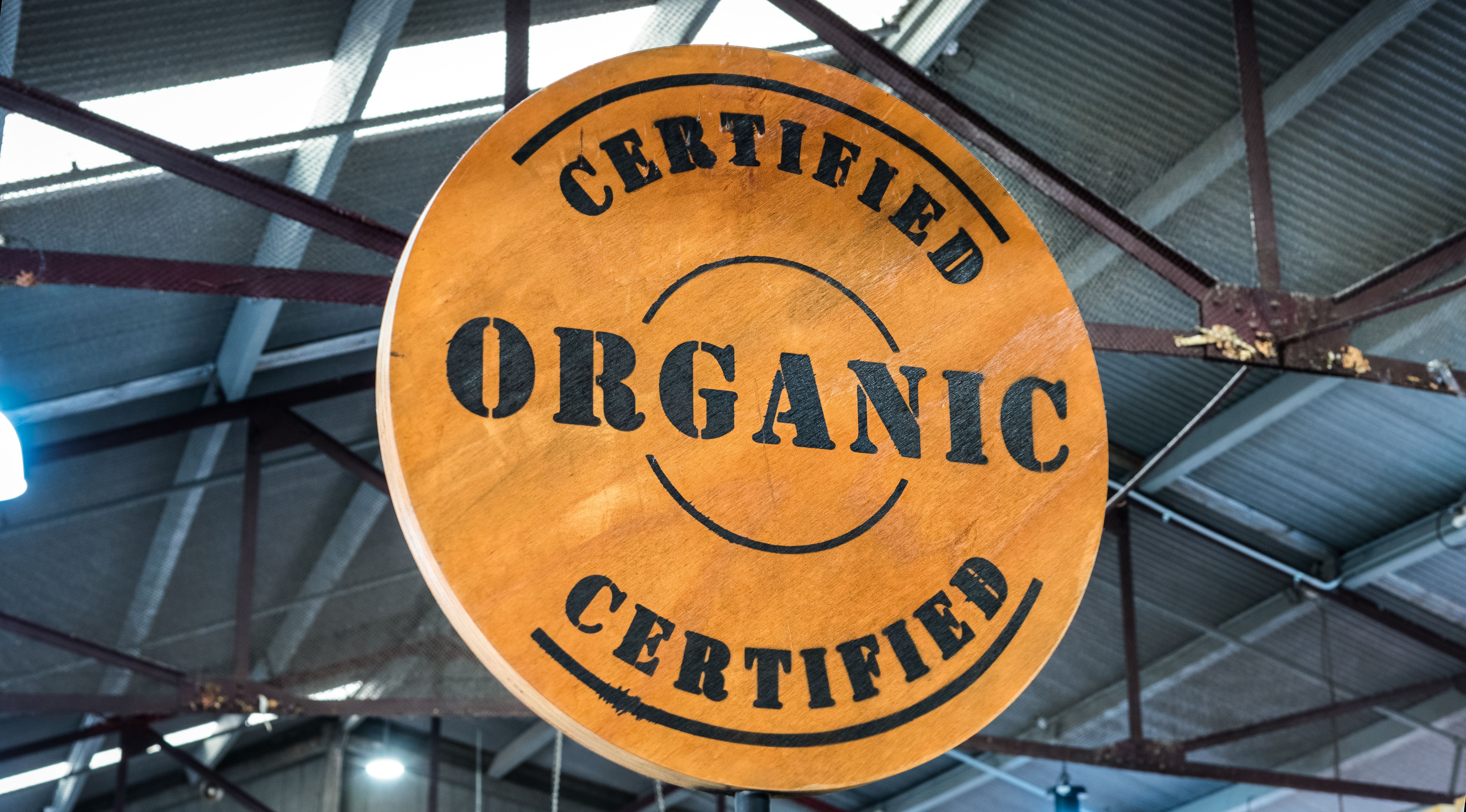Starting Your Organic Farm in California: A Complete Guide
Understanding the Basics of Organic Farming
Organic farming in California offers a unique opportunity to engage in sustainable agriculture while tapping into a growing market for organic produce. At its core, organic farming focuses on maintaining ecological balance, enhancing soil fertility, and promoting biodiversity without the use of synthetic pesticides or fertilizers. Understanding these principles is the first step in starting a successful organic farm.

Choosing the Right Location
Location is crucial when setting up an organic farm. California's diverse climate zones make it possible to grow a wide range of crops, but it's important to select a location with suitable soil, climate, and water resources. Conducting a thorough soil test will help assess its organic matter content and pH level, ensuring it meets the requirements for organic certification.
Climate Considerations
California's microclimates can vary significantly, so it's essential to match your crop choices with the local weather patterns. Whether you're in the coastal areas, Central Valley, or mountainous regions, understanding the local climate will help you choose crops that thrive in those conditions.
Navigating Certification and Regulations
Before starting your organic farm, familiarizing yourself with the certification process is necessary. In California, the California Certified Organic Farmers (CCOF) is a well-known certification agency. The organic certification process involves maintaining records of farming practices, adhering to organic standards, and undergoing regular inspections.

Understanding Organic Standards
The National Organic Program (NOP) sets federal regulations for organic farming. These standards cover everything from soil quality and pest control to crop rotation and animal welfare. Ensuring compliance with these standards is crucial for maintaining your organic certification.
Planning Your Crop Selection
When planning your crop selection, consider factors such as market demand, growing season, and your farm's specific conditions. Popular organic crops in California include almonds, strawberries, and leafy greens. A diverse crop selection can help mitigate risks and improve soil health through crop rotation.
Pest Management Strategies
Organic farms rely on integrated pest management (IPM) strategies rather than chemical pesticides. Techniques such as crop rotation, beneficial insects, and physical barriers can help manage pests naturally. Developing a robust IPM plan is essential for safeguarding your crops while adhering to organic principles.

Financing Your Organic Farm
Securing financing is often one of the biggest challenges for new farmers. Fortunately, there are various resources available to assist with funding an organic farm. Look into grants and loans specifically designed for sustainable agriculture, such as those offered by the USDA's Farm Service Agency (FSA).
Building a Business Plan
A comprehensive business plan is vital for attracting investors and guiding your farm's growth. This plan should outline your mission, target market, competitive analysis, marketing strategies, and financial projections. A well-crafted business plan can serve as a roadmap for your farm's success.
Marketing Your Organic Produce
Marketing is key to establishing a successful organic farm. Building relationships with local markets, restaurants, and grocery stores can provide a steady customer base. Additionally, creating an online presence through social media and a farm website can help reach a broader audience.

By understanding these fundamental aspects of starting an organic farm in California, you can lay the groundwork for a thriving business that not only supports your livelihood but also contributes to sustainable agriculture and environmental stewardship.